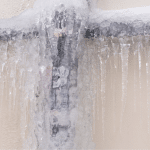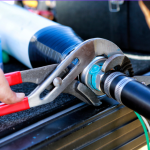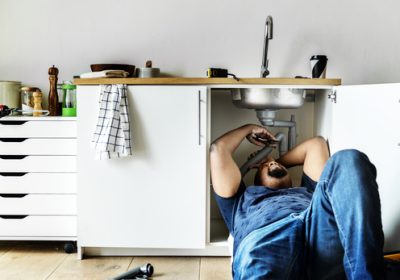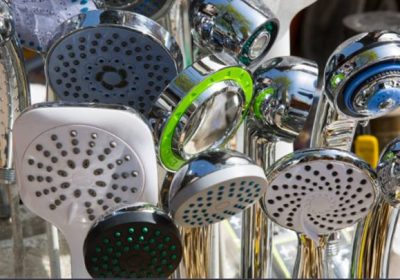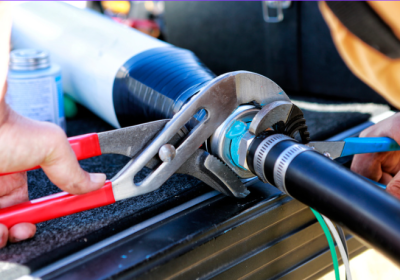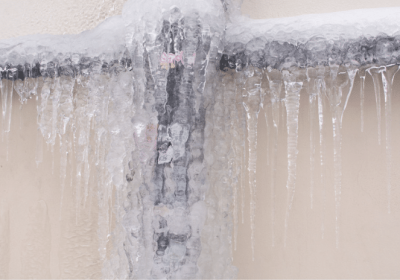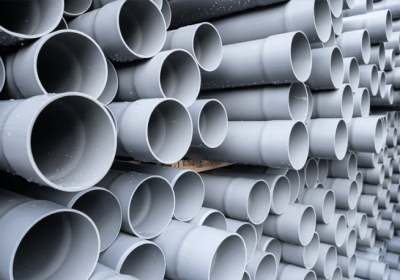DIY Plumbing: What You Can Fix and When You Need a Professional
Do-it-yourself (DIY) projects can be immensely satisfying, not to mention a potential money-saver for homeowners. Among the most popular DIY home improvement tasks is plumbing. But while tightening a leaky tap might be within your wheelhouse, re-plumbing an entire house certainly isn’t. Knowing where to draw the line can prevent costly mistakes and even disasters. Let’s dive into what you can safely tackle on your own and when it’s wise to call in the pros.
1. Common DIY Plumbing Tasks
Unclogging Drains
Tools Required: A plunger and a plumber’s snake are essential tools. Guide:
- Using a Plunger: Secure a good seal around the drain and pump vigorously. The pressure can help dislodge the clog.
- Plumber’s Snake: Feed the snake into the drain until you feel resistance, then twist it to catch and pull out debris.
Fixing Dripping Taps
Identifying the Type of Tap: Is it a ball, disc, compression, or cartridge type? Instructions:
- Shut Off the Water: Prevent a flood by turning off the water supply.
- Disassemble the Tap: Remove the handle and replace the faulty washer or cartridge.
- Reassemble and Test: Make sure the tapno longer drips.
Replacing Showerheads
Choosing the Right Replacement: Opt for a low-flow model to save on water usage. Installation:
- Remove the Old Showerhead: Unscrew it from the hose or pipe.
- Clean the Threads: Remove old tape or debris.
- Install the New Showerhead: Screw it on by hand and then tighten with a wrench, using new plumber’s tape to ensure a good seal.
2. Intermediate DIY Plumbing Projects
Installing a New Tap
Tools and Materials: Adjustable wrench, plumber’s tape, new tap. Steps:
- Remove the Old Tap: Disconnect the supply lines and unscrew the mounting nuts.
- Prepare the Area: Clean the sink surface.
- Install the New Tap: Follow the manufacturer’s instructions, using plumber’s tape to secure connections.
Replacing the Toilet Fill Valve
Symptoms of a Faulty Fill Valve: Constant running or hissing sounds. Replacement Process:
- Shut Off Water and Empty Tank: Prevent spills and facilitate easy working.
- Replace the Valve: Remove the old valve and install the new one, following package instructions.
3. When to Call a Professional
Major Pipe Leaks
Signs of Major Leaks: Water stains on walls or ceilings, high water bills. Consequences: Structural damage, mold growth.
Installing New Plumbing Lines
Complexity: High, often requires cutting into walls and floors. Regulations and Permits: Many local codes require a licensed plumber to perform this work.
Sewer Line Issues
Symptoms: Frequent backups, bad smells. Risks: Contamination, significant property damage.
4. Benefits of Hiring a Professional Plumber
Expertise and Efficiency
Professionals have the training and tools to diagnose complex problems quickly and accurately.
Guarantees and Warranties
Most professionals offer guarantees on their work, which is reassuring should anything go wrong.
Safety
Professional plumbers know how to handle potentially hazardous situations safely.
5. How to Choose the Right Plumber
Checking Credentials
Ensure the plumber is licensed, insured, and bonded.
Reading Reviews and Getting Referrals
Check online reviews and ask friends and family for recommendations.
Understanding Plumbing Pricing and Estimates
Get multiple quotes and ask for detailed cost breakdowns.
While many plumbing issues can be handled with a bit of DIY spirit and some basic tools, understanding your limitations is crucial. For more complex projects or those requiring specialized knowledge, it’s safer and more cost-effective to hire a professional. Evaluate each situation carefully to maintain the safety and integrity of your home’s plumbing system.
Tips for Handling Common DIY Plumbing Tasks:
- Use the Right Tools: Ensure you have a plunger, wrench, and plumber’s tape handy for basic repairs like unclogging drains or fixing a leaky faucet.
- Regular Maintenance: Regularly check and replace the washers in your taps and the hoses in your appliances to prevent leaks and bursts.
Knowing When to Call a Professional:
- Major Leaks and Installations: For significant leaks or when installing new plumbing lines, it’s safer to hire a licensed professional due to the complexity and potential for costly mistakes.
- Sewer and Water Line Problems: If you experience frequent backups or notice a bad smell from your drains, these could indicate more severe issues that require professional intervention.
FAQ Section
Q: Can I install a water heater myself? A: Installing a water heater involves electrical or gas components and can be hazardous. It’s recommended to hire a certified professional for installation.
Q: What should I do if my DIY repair makes the problem worse? A: It’s important to stop immediately and call a professional plumber to assess the situation and prevent further damage.
Q: How often should I perform maintenance on my home’s plumbing? A: Annual inspections are recommended to catch issues before they become serious problems. Regular cleaning and upkeep can prevent many common issues.
Article suggested by Refined Plumber Sunshine Coast
More Plumbing Reading:
- Understanding Your Home’s Plumbing System: An Essential Guide for Homeowners
- Top 10 Common Plumbing Problems in Homes and How to Fix Them
- Eco-Friendly Plumbing Solutions: Saving Water and Money
- The Pros and Cons of Different Types of Pipe Materials In Your Home Plumbing
- How to Prevent and Deal with Frozen Pipes During Winter
- DIY Plumbing: What You Can Fix and When You Need a Professional
- Modern Innovations in Plumbing Technology for Homes


